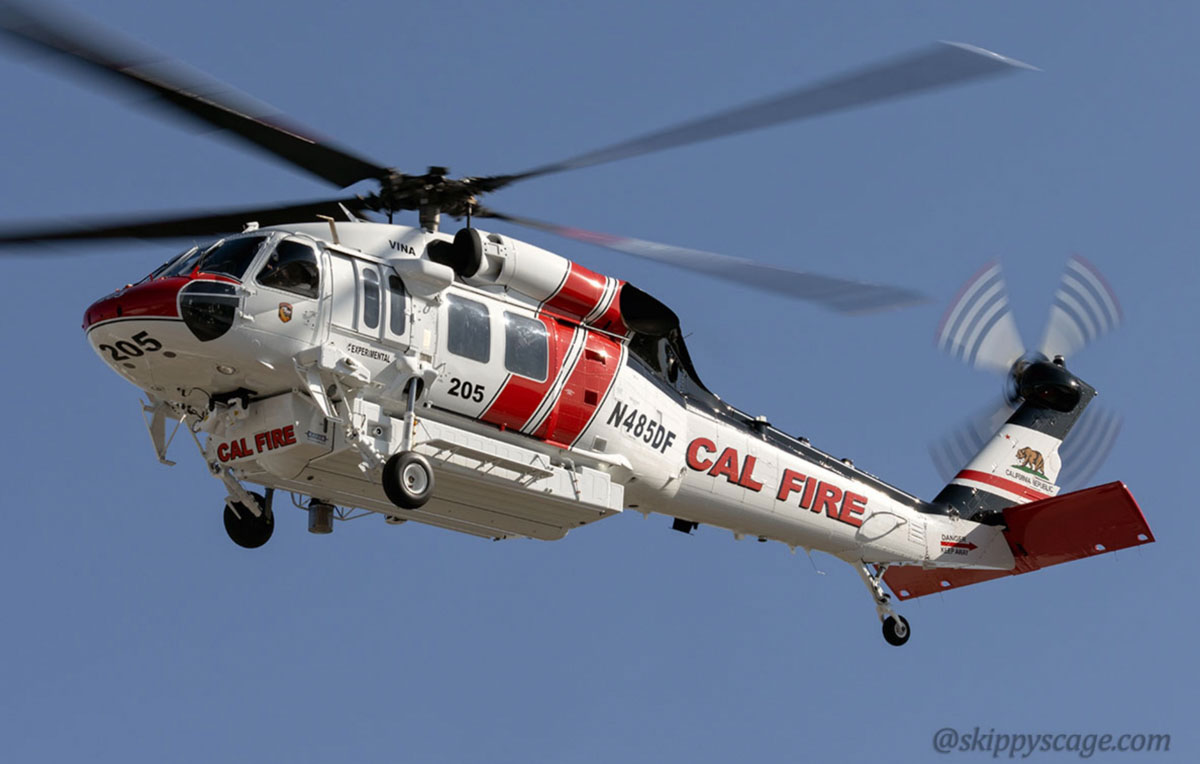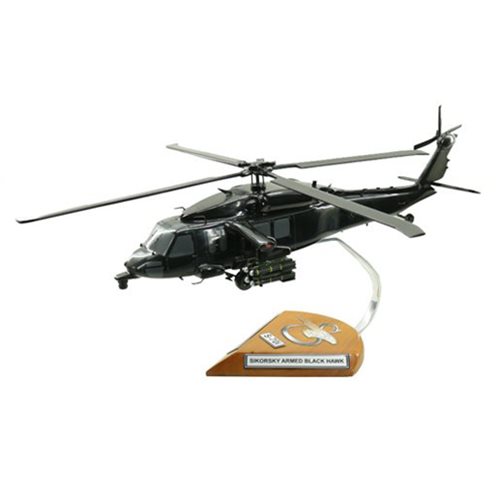Inside the Sikorsky S 70: What Sets This Helicopter Apart from Its Rivals
Inside the Sikorsky S 70: What Sets This Helicopter Apart from Its Rivals
Blog Article
High-Performance Multi-Role Rotorcraft Featuring Advanced Cockpit Technologies and Integrated Sensor Equipments
The world of rotorcraft modern technology has seen remarkable advancements in current times, especially in the world of high-performance multi-role rotorcraft equipped with cutting-edge cabin modern technologies and seamlessly integrated sensing unit systems. In the complying with conversation, we will check out the evolution of rotorcraft innovation, dig right into the world of advanced cockpit technologies, and check out the ramifications of incorporated sensing unit systems on the operational adaptability and efficiency of contemporary rotorcraft.
Advancement of Rotorcraft Modern Technology
The evolution of rotorcraft technology has been noted by substantial innovations in the rules of aerodynamics, products, and propulsion systems, shaping the abilities and efficiency of modern-day rotorcraft. Aerodynamic enhancements have actually enhanced the performance and ability to move of rotorcraft, allowing for enhanced rate, agility, and security during flight (sikorsky s 70). Technologies in products, such as using composite products and advanced alloys, have actually brought about lighter yet stronger rotorcraft frameworks, enhancing general performance and longevity. Additionally, innovations in propulsion systems, consisting of much more powerful engines and ingenious propulsion modern technologies, have actually enabled rotorcraft to attain greater elevations, faster rates, and better payloads.
These innovations have not only transformed the capacities of rotorcraft however have actually also broadened their applications throughout various sectors, consisting of armed forces, industrial, and emergency services. The continual evolution of rotorcraft modern technology continues to drive development in the field, pressing the limits of what is feasible and forming the future of upright flight.
Advanced Cabin Innovations
Building upon the fundamental advancements in the rules of aerodynamics, materials, and propulsion systems, the realm of rotorcraft technology currently shifts focus towards introducing Advanced Cabin Innovations. The assimilation of sophisticated technologies within the cabin setting plays an important role in enhancing the functional capacities, security, and performance of modern rotorcraft. sikorsky s 70. Advanced Cockpit Innovations encompass a broad selection of attributes designed to provide pilots with improved situational awareness, structured data management, and instinctive control interfaces
Among the vital innovations in cabin design is the execution of glass cabins, which change typical analog gauges with high-resolution display screens. These digital systems provide customizable designs, real-time information combination, and enhanced readability, making it possible for pilots to access crucial information at a glimpse. Moreover, advanced avionics systems, such as fly-by-wire controls and enhanced reality screens, are transforming just how pilots communicate with the airplane, enabling exact control and improved decision-making abilities.


Integrating innovative cockpit technologies not only improves pilot efficiency however also contributes to general mission efficiency and safety and security in intricate functional settings. By leveraging modern innovations within the cabin, rotorcraft producers are setting brand-new standards for operational excellence and objective success.
Integrated Sensing Unit Systems
With the evolution of rotorcraft modern technology, the combination of innovative Integrated Sensing unit Equipment has actually ended up being critical in boosting operational efficiency and safety and security. These Integrated Sensor Systems encompass a broad range of innovations that give essential information for numerous features such as navigating, monitoring, targeting, and environmental monitoring. By seamlessly integrating sensing units like radars, electronic cameras, lidar, and infrared systems into rotorcraft, operators can take advantage of improved situational understanding, improved mission capacities, and minimized pilot workload.
One trick benefit of Integrated Sensing unit Systems is their capacity to gather real-time information and supply workable understandings to pilots and goal operators. Progressed radar systems can discover and track targets over long distances, enabling for very early risk discovery and efficient action planning. In addition, integrating electro-optical and infrared cameras makes it possible for rotorcraft to conduct reconnaissance and security objectives with precision and precision.
In essence, the integration of cutting-edge sensing unit technologies right into rotorcraft not just improves functional efficiency however likewise adds substantially to general goal success and staff safety. As rotorcraft proceed to develop, the function of Integrated Sensing unit Equipment will unquestionably stay at the forefront of advancement in special info the aerospace market.
Functional Adaptability and Effectiveness
Enhancing functional convenience and efficiency in rotorcraft is a natural development from the combination of innovative Integrated Sensing unit Equipments. By leveraging the information and insights given by these sophisticated sensor systems, rotorcraft can enhance their performance across numerous objectives and environments.
Operational convenience incorporates the capacity of rotorcraft to adjust to different duties and situations effectively. With advanced cabin innovations and incorporated sensor systems, rotorcraft can flawlessly transition between jobs such as search and rescue, medical evacuation, security, and extra. This adaptability improves the rotorcraft's capability to satisfy diverse functional needs without requiring extensive reconfiguration.
Effectiveness in rotorcraft procedures is essential for taking full advantage of mission efficiency and source utilization. Integrated sensor systems play an essential duty in improving operational performance by supplying real-time information on weather, surface mapping, target tracking, and a lot more. This information allows pilots to make enlightened choices quickly, enhance trip paths, preserve gas, and improve general objective efficiency.
Effect On Modern Aeronautics Operations

In addition, the integration of sophisticated sensing units promotes enhanced objective planning and execution, making it possible for rotorcraft to execute a vast array of jobs with improved accuracy. From search and rescue procedures to aerial firefighting look what i found and law enforcement goals, the capabilities of contemporary rotorcraft equipped with advanced cabin innovations and incorporated sensing unit systems are unmatched.
Furthermore, the impact of these advancements extends beyond functional performance to cost-effectiveness and sustainability. By maximizing trip courses, gas intake, and maintenance timetables, high-performance rotorcraft geared up with sophisticated cockpit technologies and sensing units add to decreasing operational expenses and ecological effect, making them vital possessions in modern-day aviation procedures.
Verdict
Finally, the high-performance multi-role rotorcraft with innovative cabin innovations and integrated sensor systems represents a substantial advancement in aviation technology. These innovations improve operational convenience and effectiveness, inevitably impacting modern-day aeronautics operations in a favorable way. The assimilation of these innovative innovations permits enhanced capabilities and efficiency in numerous mission situations, showcasing the continued improvement of rotorcraft technology in the aeronautics industry.
The realm of rotorcraft technology has seen notable developments in current times, especially in the realm of high-performance multi-role rotorcraft outfitted with advanced cockpit modern technologies and perfectly incorporated sensor systems. From improved objective adaptability to enhanced operational effectiveness, the convergence of advanced cockpit innovations and integrated sensing unit systems has ushered in a new period of possibilities for rotorcraft applications. In the complying with discussion, we will check out the evolution of rotorcraft innovation, dig right into the world of sophisticated cabin developments, and analyze the ramifications of incorporated sensing unit systems on the functional convenience and performance of modern rotorcraft.

Report this page